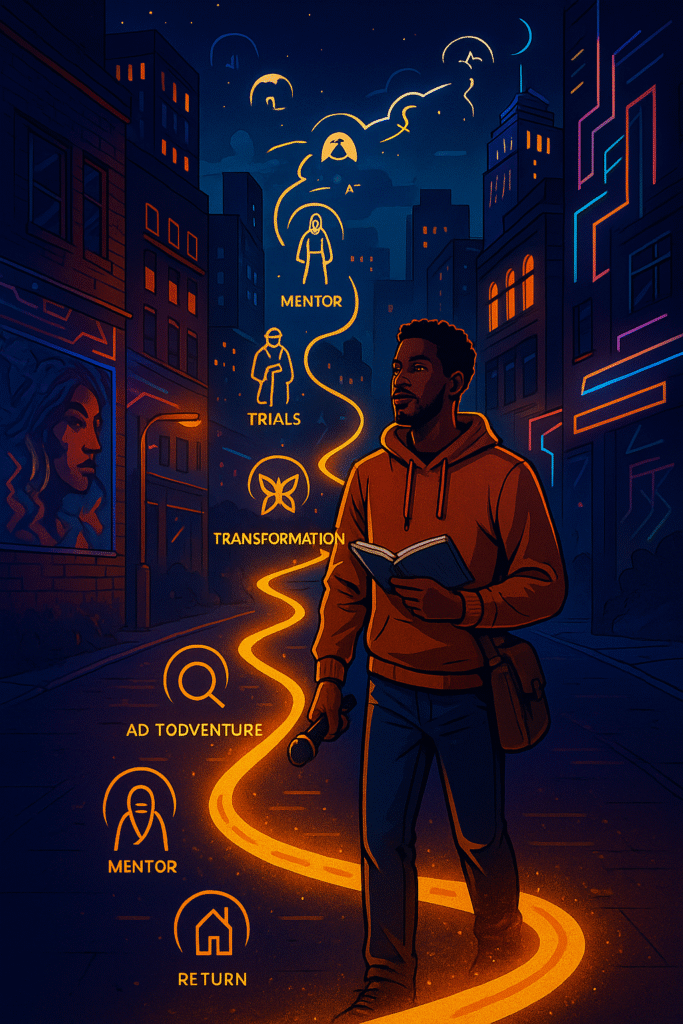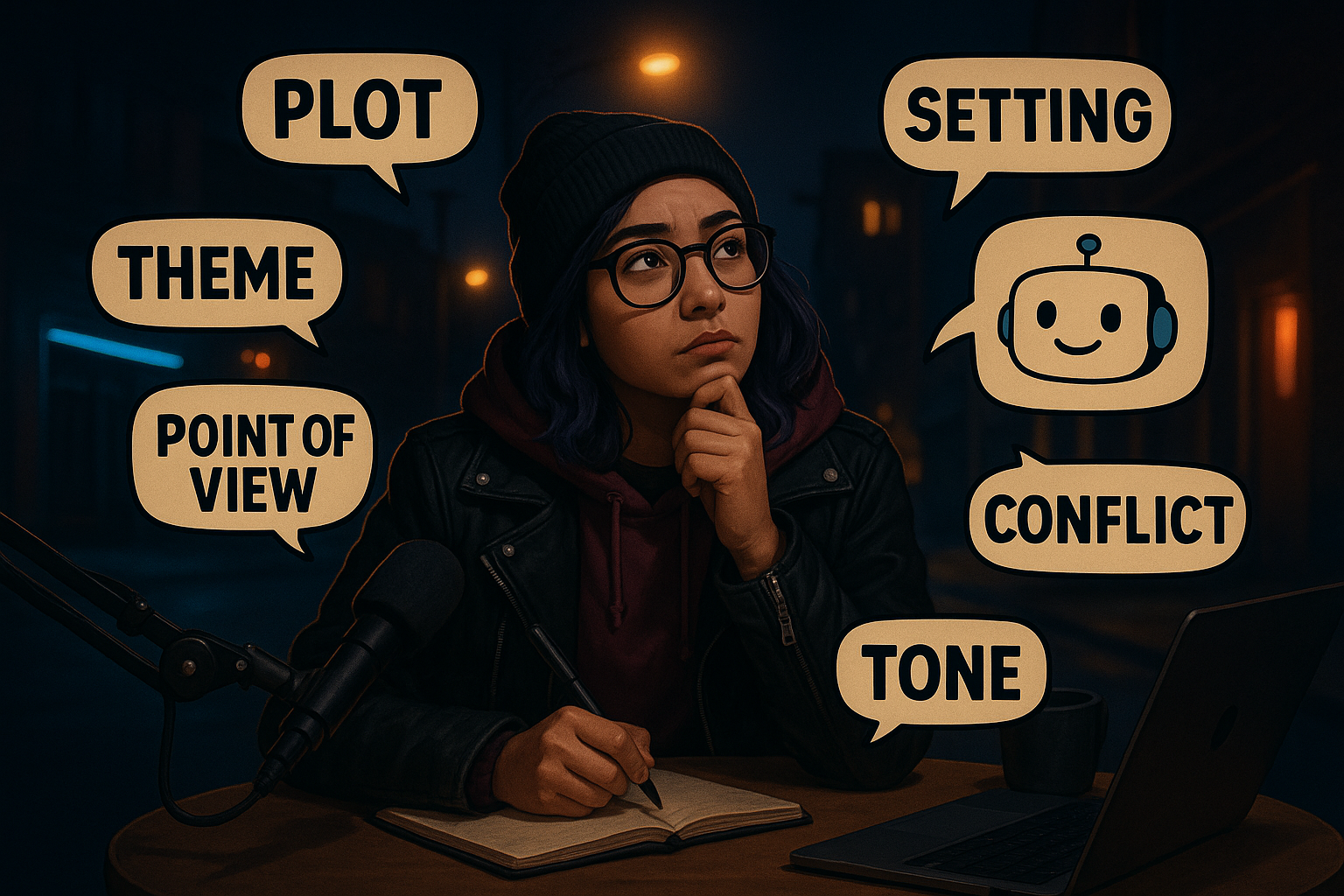Every powerful story has a blueprint—a hidden structure that guides how it’s told and how it’s felt. At The SM Dial, we believe storytelling is the core of cultural communication. When I took Elements of Narratives at the Los Angeles Film School, I began to see the invisible scaffolding behind the stories that moved me. I wasn’t just watching stories anymore—I was learning how to build them.
For The SM Dial community, Elements of Narratives gives us the storytelling literacy to build bold narratives—about our lives, our culture, and our visions for the future.
As a future content leader, this course showed me how to teach creators to ask deeper questions:
Why should we care?
What change does your character (or audience) go through?
Where’s the tension?
What’s at stake?


The course broke down the fundamentals of narrative—structure, character, conflict, theme, setting, and point of view. These weren’t just academic terms; they were the DNA of everything I grew up loving—radio dramas, street corner freestyles, social justice documentaries, and indie films. Suddenly, I understood why some stories landed and others didn’t. It wasn’t about popularity—it was about intention and clarity.
We studied things like the three-act structure, the hero’s journey, and rising and falling action. At first, it felt rigid. But the more I practiced, the more I saw how structure gave freedom, not limits. I wasn’t caging creativity—I was shaping it into impact.
What stood out most was the focus on theme—the core message of a narrative. That made me think about The SM Dial as a platform. What’s the theme of the stories we want to uplift? For me, it’s truth, resilience, and representation. When creators understand their theme, they’re not just making content—they’re telling stories that mean something.

Leave a Reply